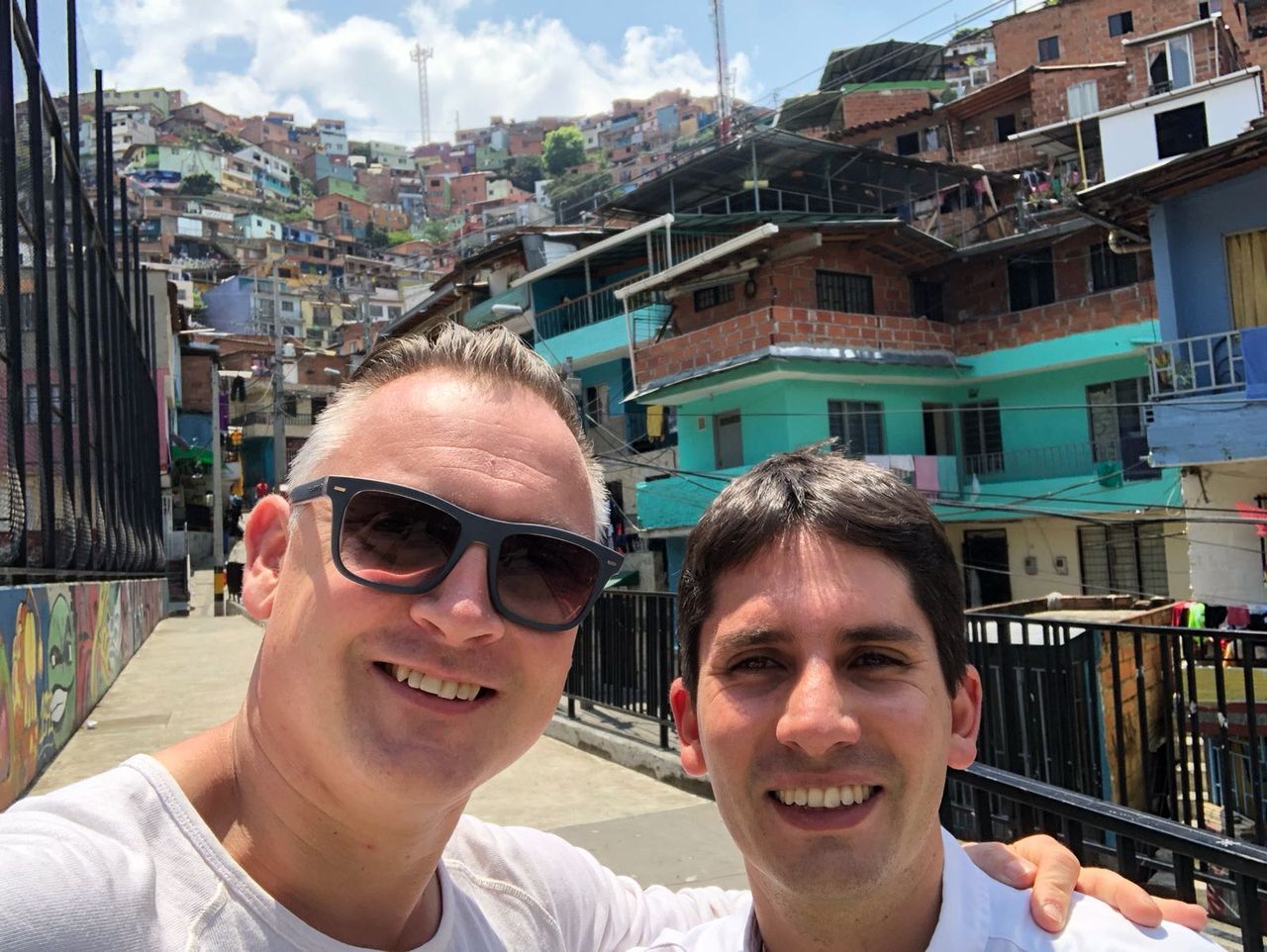24 hours in Medellín, Colombia
Medellín is a city that has been on my bucket list for some time now. Where in the 80's it was still considered the centre of Narcotics and the city from where drug baron Pablo Escobar ran his empire, today it is a hip city in full development. During my visit to Colombia at the end of February, I also visited this, in my eyes, great city.
A model city for whole Latin America
I remember as a child seeing the images of tanks driving through the streets of Medellín and thinking that this must be about the last place on earth you should go. In 1993 Pablo Escobar was shot dead during an operation of the local police and the American DEA and this era came to an end. A lot has changed since then. For example, in 1995 the construction of a unique public transport system was started with the aim to reduce the busy traffic in the city and also to connect the poorest suburbs with the city centre. A start was made with the construction of overhead metro lines. Tram lines and cable cars were re-connected to these subways to link the hilly suburbs with the city centre. Except for a few parts, the entire transport network is ready and is Medellín with its public transport system regarded as an example for many cities in Latin America and beyond.
Discovering the city by public transport
Together with my guide Pablo (coincidence, huh?) I went out. We also made use of public transport, making trips by metro, cable car, tram and escalator system. For 60 cents we travelled from the most remote suburb to the centre. The nice thing is that this way you can not only travel quickly through the city, but because the whole system is above ground, you can also see a lot of the city in a short time.

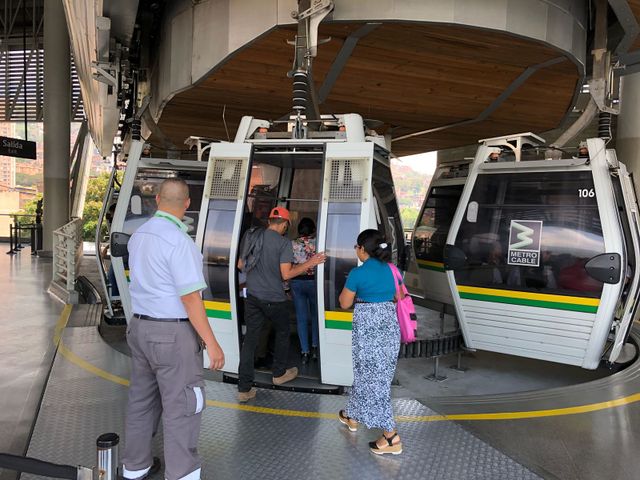
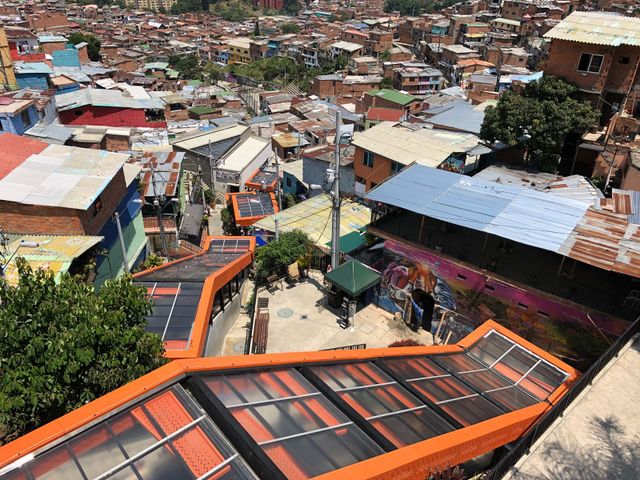
Comuna 13: murals, dance and local delicacies
Another unique and successful project I visited in Medellín was Comuna 13. In the heyday of Escobar this was one of the most notorious neighbourhoods of the city. After the death of Escobar, the district was taken over by the FARC. For this guerrilla group, the neighbourhood was strategically located against the suburb, and from there they could easily carry out their terrorist activities. It was not until 2010 that the government decided to rid the district of the rebel army by means of a large-scale military action. In order to get the local population behind them, it was decided to set up various activities that had to contribute in a positive way to the welfare of the people in the neighbourhood. For example, workshops in singing, dancing and street art were started. That can now be seen on almost every corner of the neighbourhood. Where you really had to avoid Comuna 13 until 2010, it is now a lovely neighbourhood, where you can stroll along the various murals and enjoy street musicians and dancers along the way. Moreover, on many street corners you will find nice stalls where you can pamper your inner man with local delicacies.


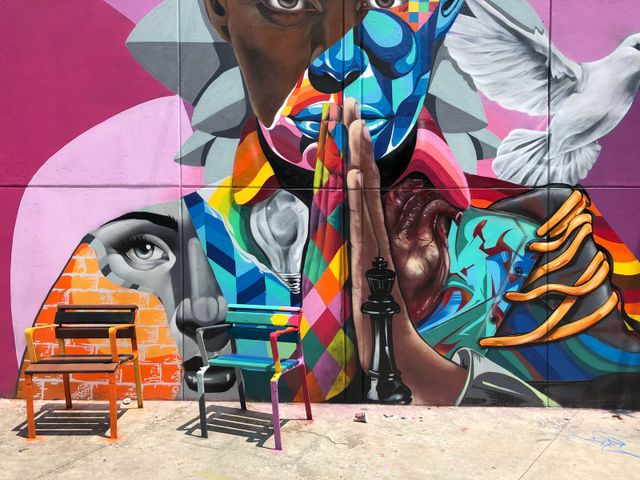
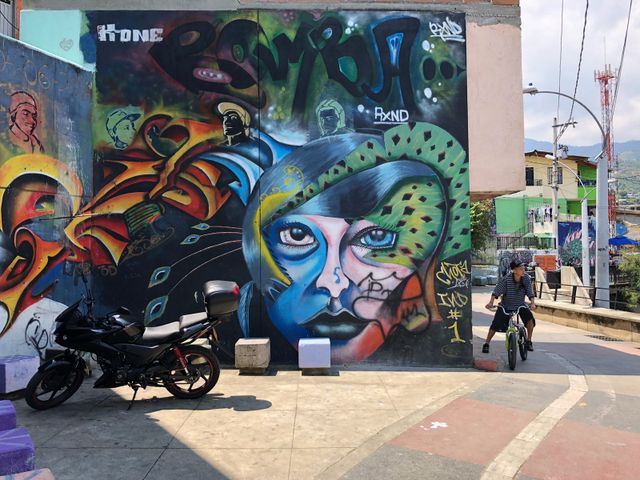
Food train cooking workshops
In the afternoon I visited the Via Cocina Food Train project of the Canadian resident in Medellín, Brian Johnston. Brian worked for years as an IT specialist in banking, studied at an art academy, followed a cookery course and now visited more than 70 countries. In Medellín he is now engaged in, as he calls it, his life's work. He bought an old building that he is currently completely redecorating. The house already looks good and is partly operational. The building has a professional kitchen and an attractive room with tables where guests can eat.
Brian talks enthusiastically about his project. He wants to teach the locals, especially from the less fortunate slums, how they can cook healthier and cheaper. The knowledge they gain can be used to set up their own food stall. The food can be cheaper, healthier and also tastier, allowing the street vendors to increase their turnover and get more returns. The cooking classes for the locals are free and in order to finance this, he organizes cooking workshops, fruit tastings, dinners, and city walks for tourists. Brian's enthusiasm fits perfectly with the positive energy in Medellín.

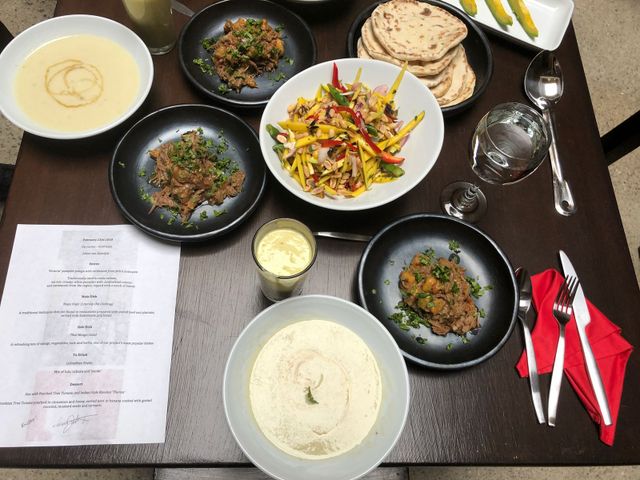
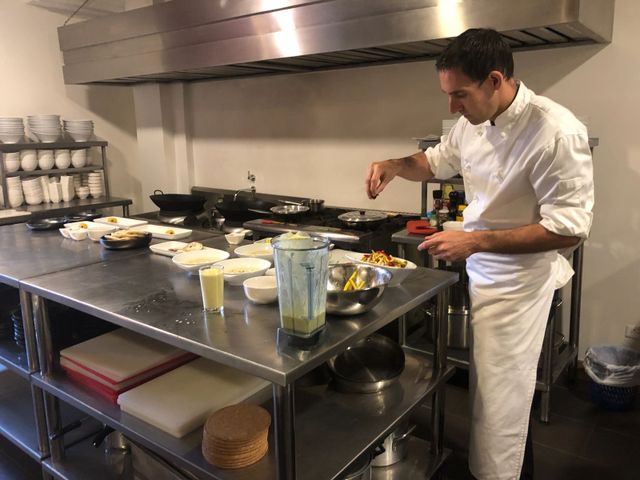
So much to see
After we had a delicious meal, Brian takes me for a short walk through the city. He shows some of the social initiatives that have started in his neighbourhood lately. We pay a visit to the modern designed Casa de la Memoria, which tells the eventful recent history of the city, without any party being spared. The museum is free of charge and in a short time you can discover in an interactive way what happened in Medellín in the course of the previous and this century.
At the end of the day we visited the Botero park, a city park in the heart of Medellín, in which 36 sculptures by Fernando Botero can be found. Fernando Botero, from Medellín, is world famous for his paintings, drawings and sculptures of thick inflated figures. I spend the night in the trendy El Poblado district, where you can find the best restaurants and hotels in the city. I had a great time in Medellín, but there is so much to see that I will definitely come back!
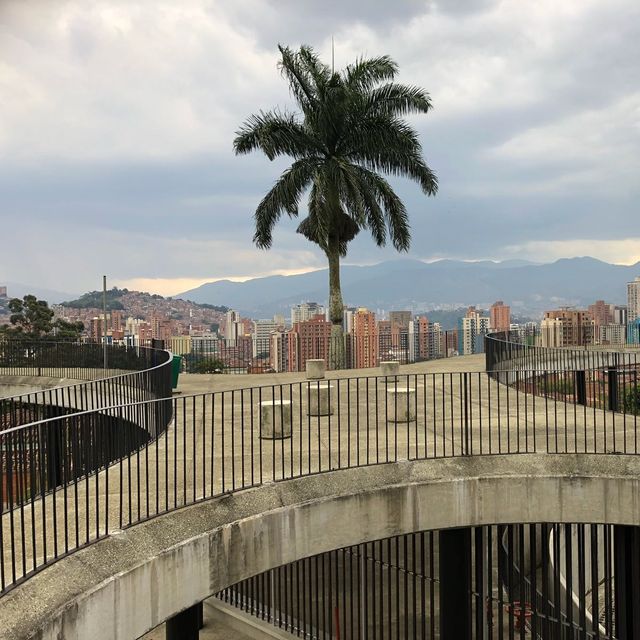
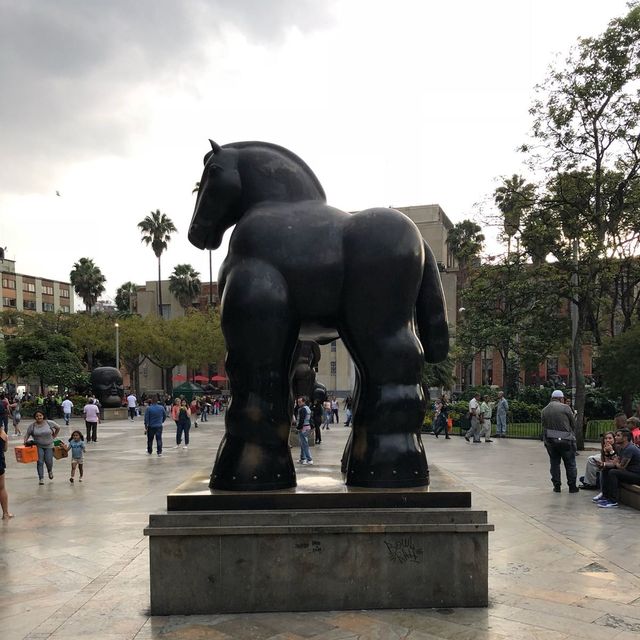
Travel through Colombia - and visit Medellín?
Are you curious about the vibrant city of Medellín, would you like to know more about a trip through Colombia and are you curious about the possibilities? Then take a look at our page about Colombia. Here you will also find travel itineraries that we have created for inspiration. You can book these trips directly, but we also like to put together a personal programme based on your wishes and ideas.
Do you have a question or would you like to receive a tailor-made itinerary? Feel free to contact us. We will be happy to create a suitable travel proposal for you. Call us on +31 73 610 62 04 or send an e-mail to info@sapapanatravel.nl.
